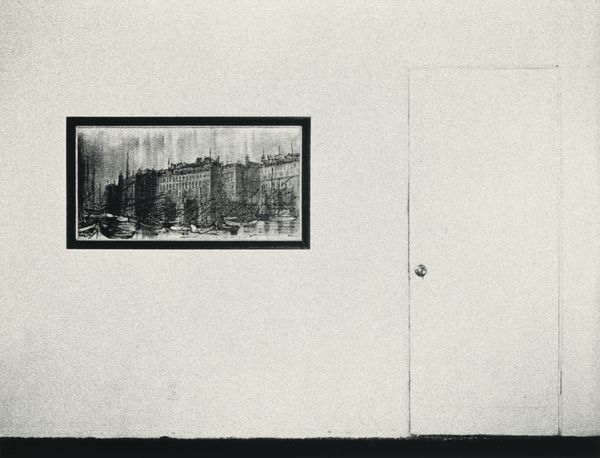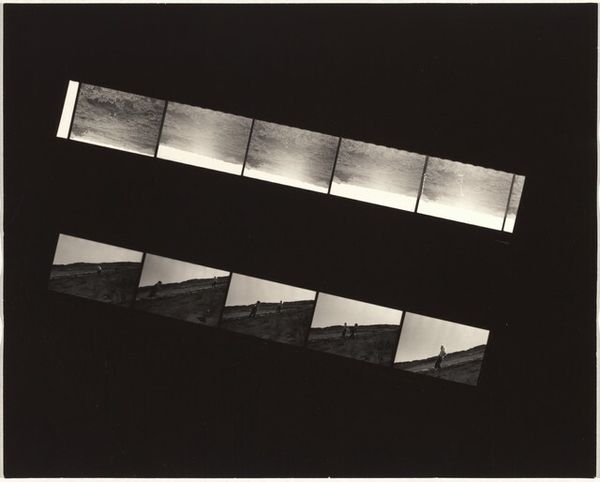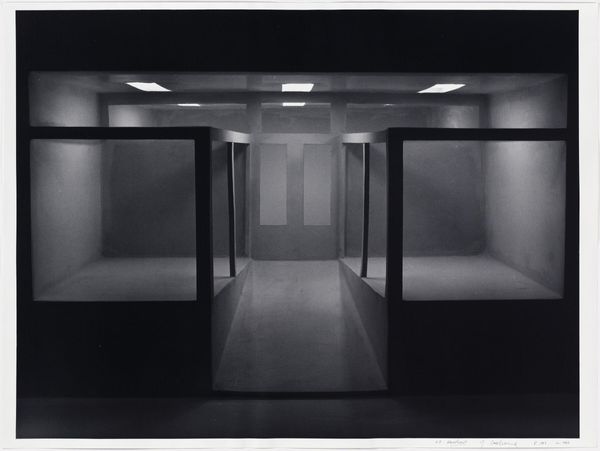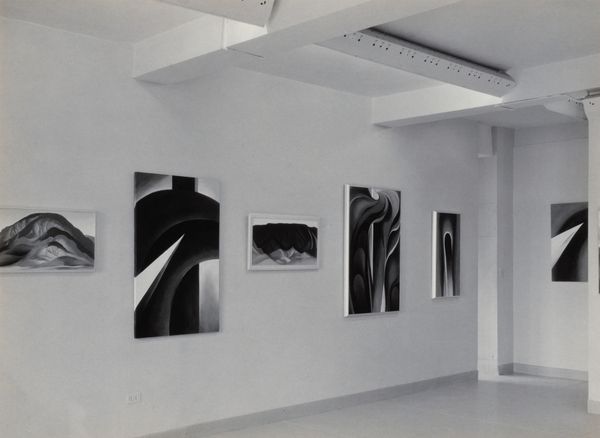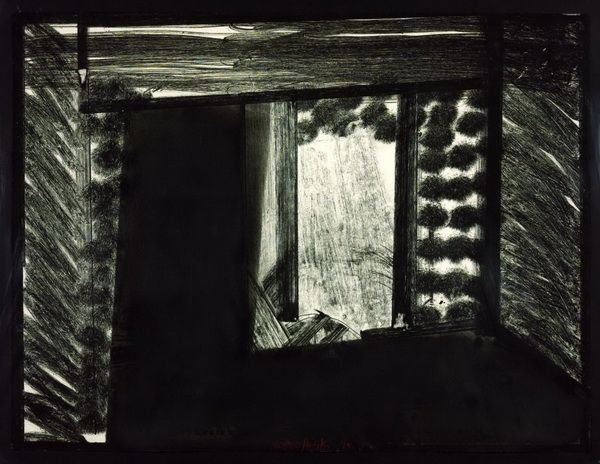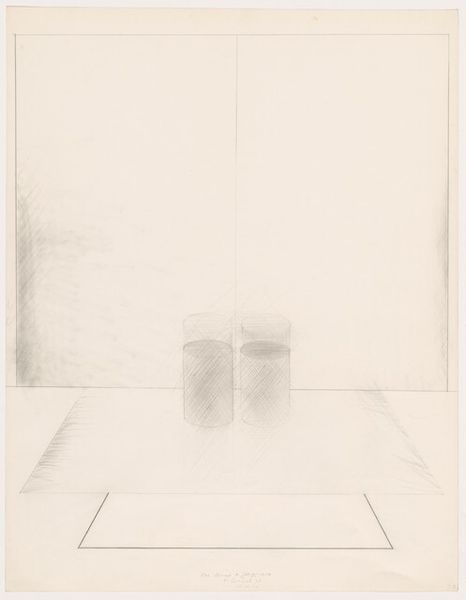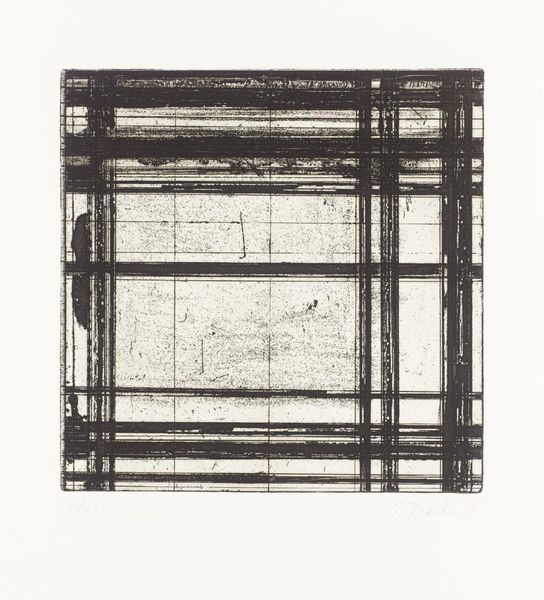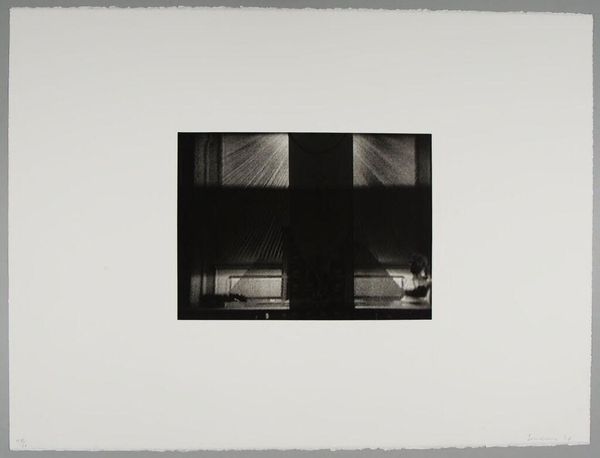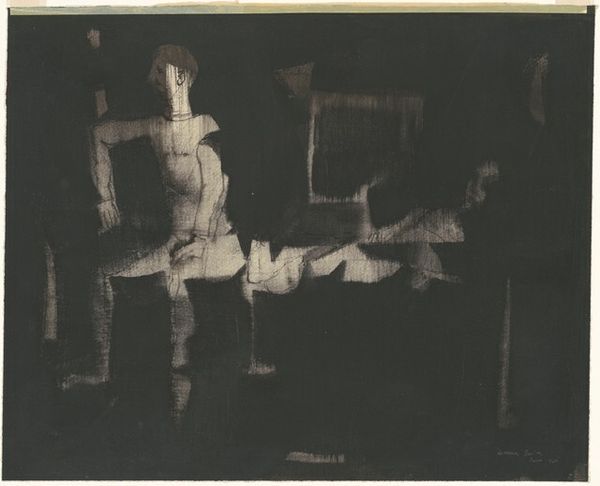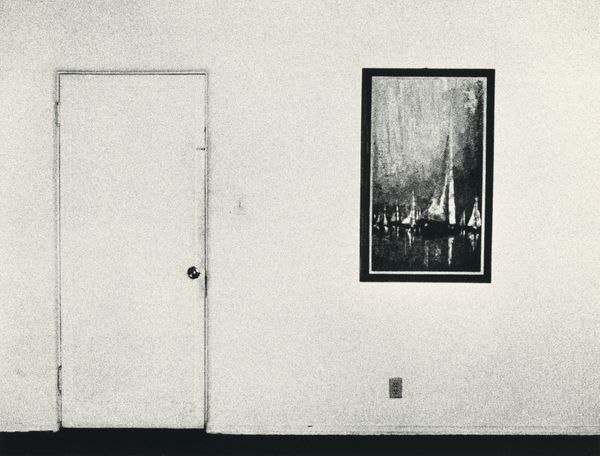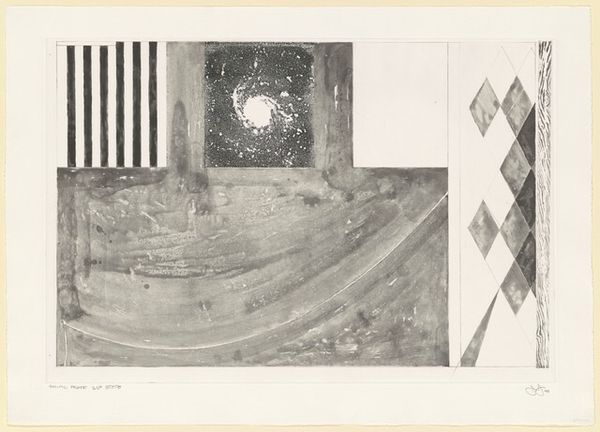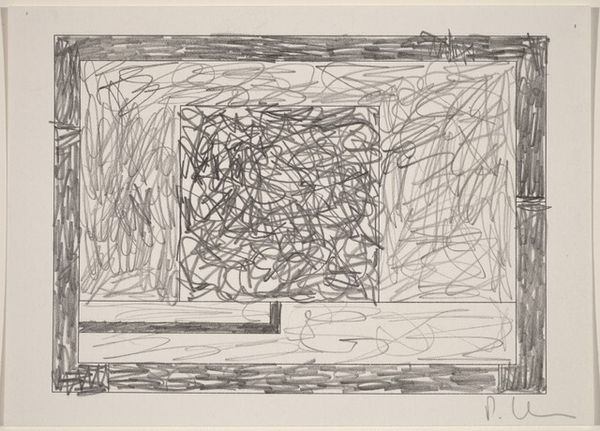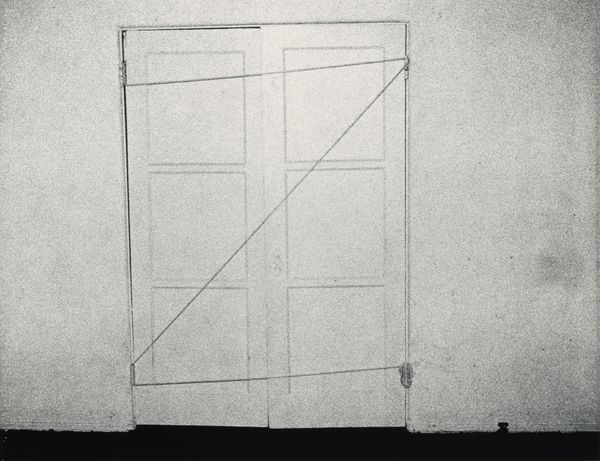
photography, site-specific
#
conceptual-art
#
minimalism
#
postmodernism
#
sculpture
#
landscape
#
photography
#
site-specific
#
monochrome photography
#
monochrome
#
realism
#
monochrome
Dimensions: sheet: 20.1 x 25.3 cm (7 15/16 x 9 15/16 in.)
Copyright: National Gallery of Art: CC0 1.0
Curator: Lewis Baltz created "Park City 93" in 1979, a gelatin silver print, part of his series that captured the stark, almost desolate landscapes of Park City, Utah, during its development as a ski resort. Editor: Wow, it’s bleakly beautiful, isn’t it? Like a stage set for a minimalist play. All that bare drywall, that gaping, dark fireplace… it's kind of haunting. Curator: Exactly. Baltz's work in Park City is an indictment of unchecked urban sprawl and the commodification of nature. The stark monochrome and industrial subject matter confront the socio-political context of land development. Editor: I get it. It feels very 'anti-postcard'. I mean, you expect to see these grand, snowy vistas, and instead you get... this. This skeletal promise of something luxurious. A shell. Is that supposed to be a fireplace? It feels more like a portal to somewhere...unfinished. Curator: That contrast is intentional, inviting the viewer to question not just what we see but what we don're see – the environmental impact, the displacement, and the inherent inequalities baked into such developments. He does this consistently in his work. It pushes us to confront uncomfortable truths about progress. Editor: Absolutely. I feel a tension between the cold, hard geometry and this odd, underlying sense of… expectation. Like this is the chrysalis of a really tasteless McMansion. It's almost humorous, but there’s this real discomfort humming underneath. Curator: Baltz avoids romanticism, opting for clinical, objective views, echoing New Topographics movement concerns regarding human impact on the landscape. The choice to use monochrome emphasizes the bleakness. Editor: It totally works. Thinking about it, this image makes me feel complicit somehow. Like I’m implicated in the march of development whether I like it or not. It’s clever stuff. Curator: Indeed. It is about challenging the viewer to acknowledge the power structures embedded in everyday environments. Editor: You know, I came in here wanting landscapes, and now I'm leaving thinking about urban planning and the emptiness of luxury. Pretty powerful stuff for a black-and-white photo of a… well, a half-finished wall. Curator: Precisely. Baltz encourages us to dissect and analyze our role within larger societal structures. His photos capture the essence of the modern dilemma, questioning our relationship with progress and its repercussions.
Comments
No comments
Be the first to comment and join the conversation on the ultimate creative platform.
